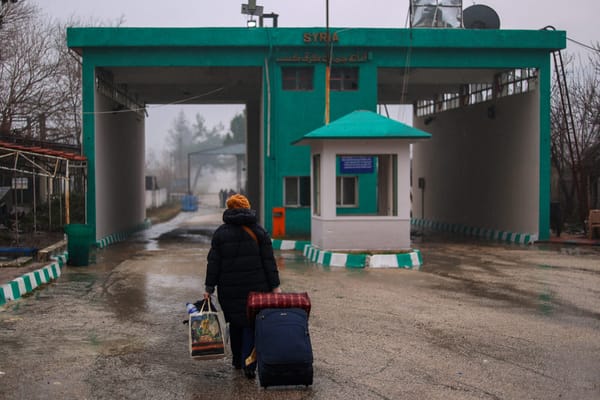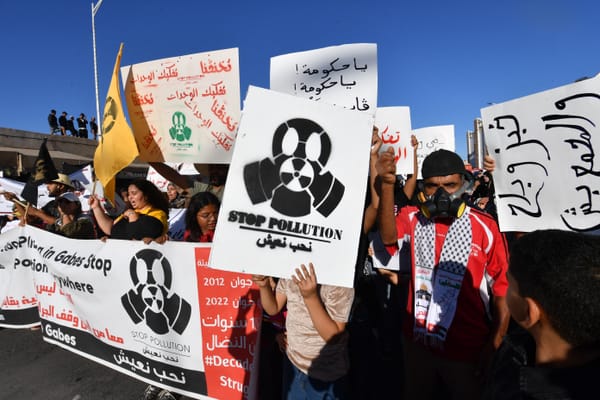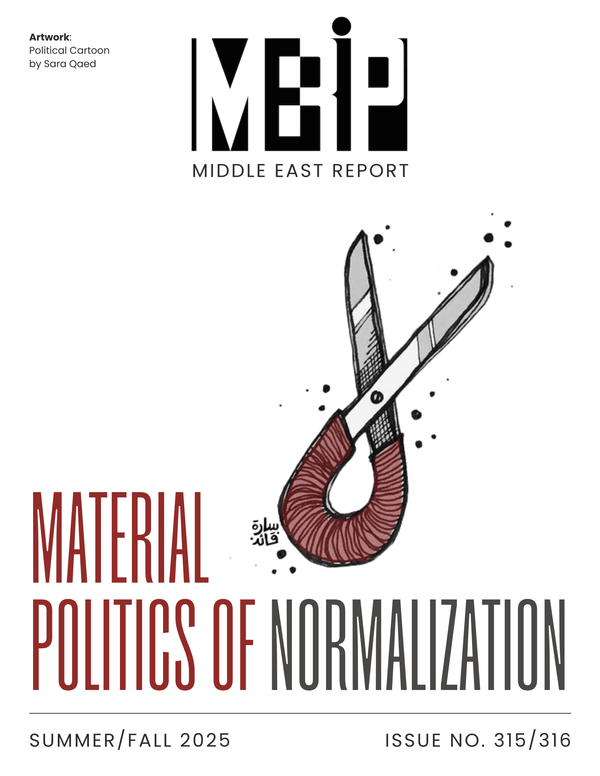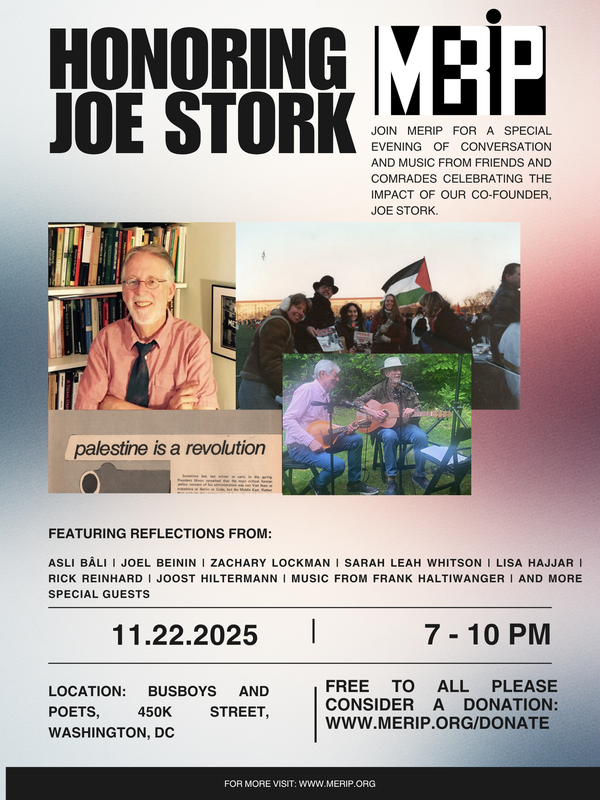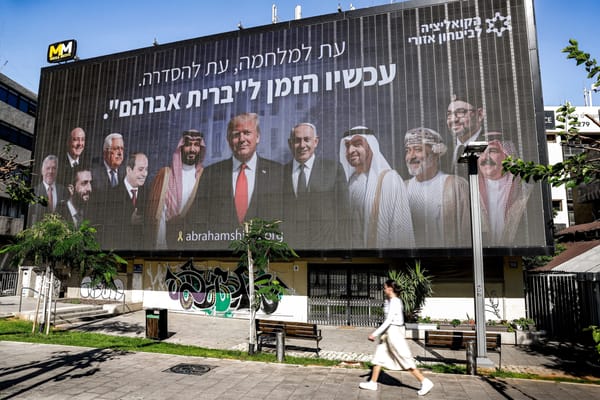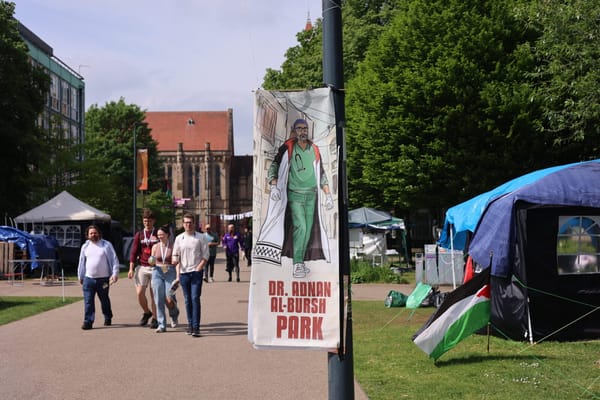Black, Garrison Guatemala
George Black with Milton Jamail and Norma Stoltz Chincilla, Garrison Guatemala (New York: Monthly Review Press, 1984). A Chicana from California on a recent political study trip to Guatemala elicited a special tour from guards at Guatemala’s seat of government, the National Palace, by putting on

